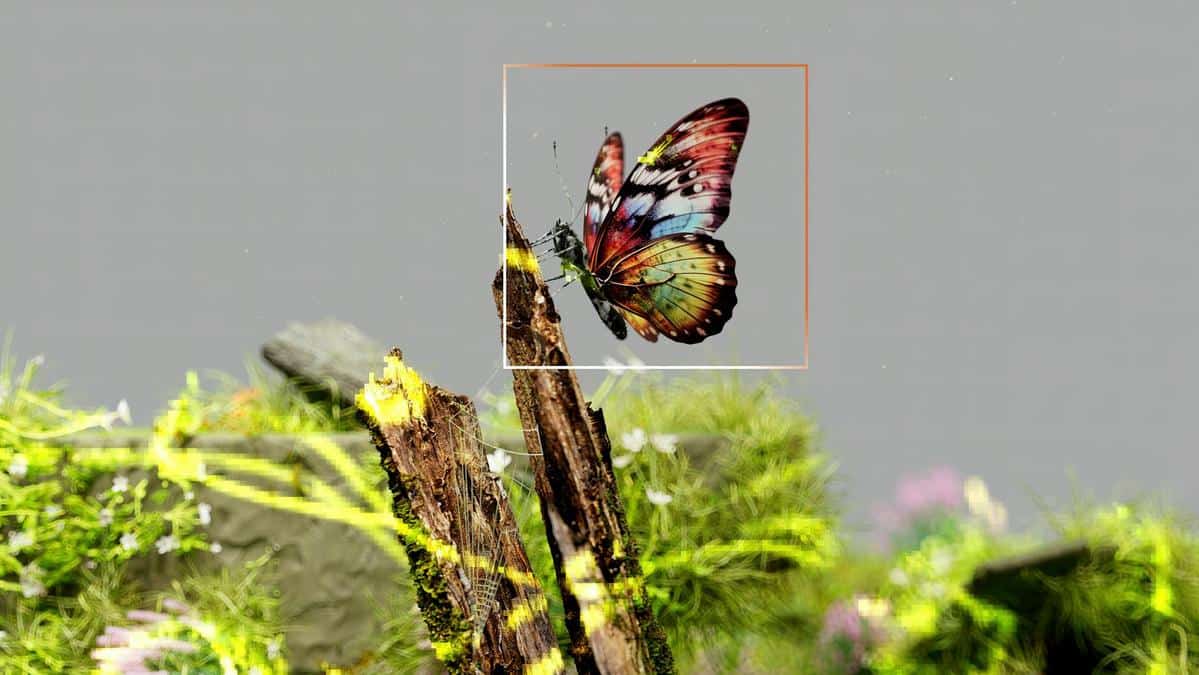
The Role of Online Communities in Wildlife Conservation Efforts
As the digital era continues to evolve, online communities are playing a pivotal role in wildlife conservation efforts, bridging gaps between enthusiasts, experts, and organizations worldwide.
The Power of Online Communities
Online communities have transformed the landscape of wildlife conservation by providing platforms for individuals and groups to share ideas, resources, and strategies. These platforms range from social media groups to specialized forums and websites dedicated to environmental sustainability.
Expert Insights
Dr. Jane Goodall, a renowned primatologist, has often highlighted the importance of digital platforms in raising awareness about conservation issues. According to a study by the World Wildlife Fund, platforms like these have helped increase global awareness by nearly 40% in the past decade.
Engagement Through Statistics
Statistics reveal that online petitions and crowdfunding through platforms like GoFundMe have supported over 1,000 conservation projects globally, raising millions of dollars for endangered species initiatives.
Real-Life Examples
Consider the story of the Sea Turtle Conservancy, which utilizes online communities to engage supporters in their mission to protect sea turtles. Through online campaigns, they have successfully mobilized volunteers for beach clean-ups and fundraising events.
Actionable Tips for Joining Conservation Efforts
- Join relevant online groups or forums to stay updated on conservation news.
- Participate in online campaigns and petitions that support conservation causes.
- Share informative content within your network to raise awareness.
- Engage in virtual volunteer opportunities offered by conservation organizations.
Resources and Support
For those looking to dive deeper, websites like Conservation International and The Nature Conservancy offer extensive resources and ways to get involved. Additionally, platforms like Reddit and Facebook host numerous groups where enthusiasts can discuss and contribute to wildlife conservation.
FAQ
How can I find credible online communities for wildlife conservation?
Look for groups affiliated with recognized organizations or verified by conservation experts.
What are some trusted platforms for conservation efforts?
Some trusted platforms include World Wildlife Fund, Conservation International, and The Nature Conservancy.
Can online petitions really make a difference?
Yes, online petitions can significantly impact policy changes and raise awareness for conservation issues.
Conclusion
Online communities have become a cornerstone of modern wildlife conservation efforts, offering a space for collaboration, education, and activism. By engaging with these digital platforms, individuals can contribute to the preservation of our planet’s biodiversity, one click at a time. Whether you’re signing a petition, joining a discussion, or simply sharing a post, every action counts in the collective effort to protect wildlife.


